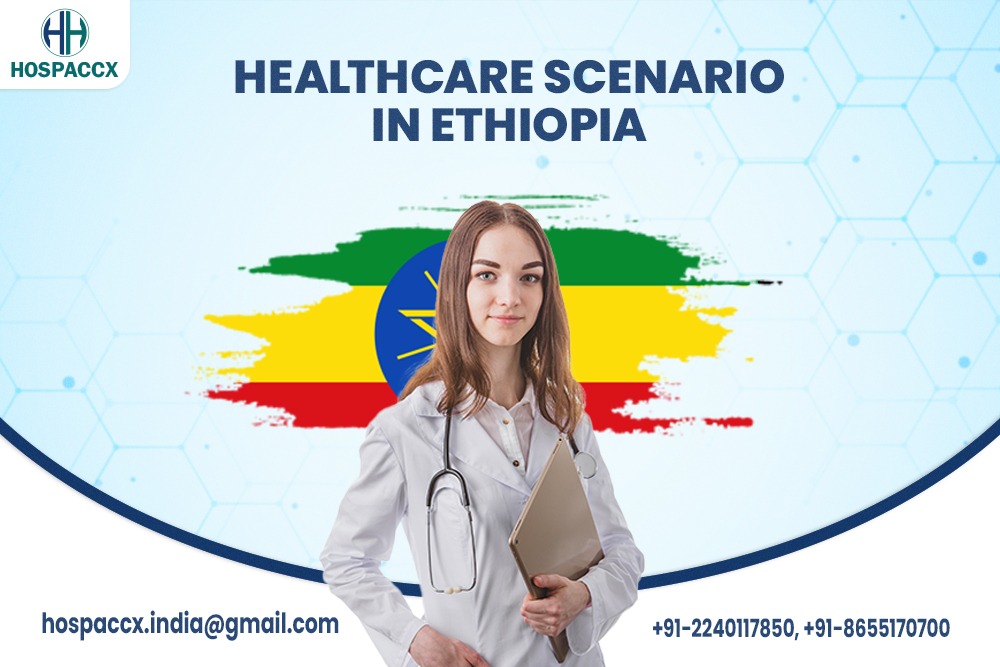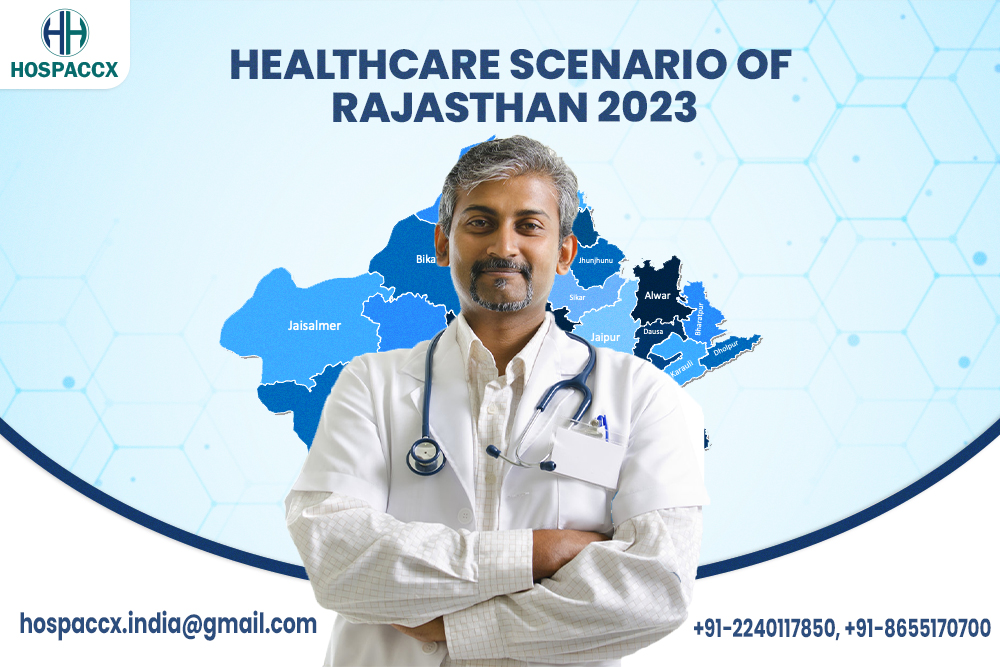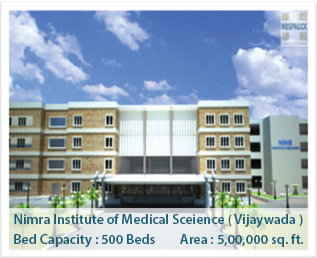Overview
Tanzania is a sovereign state in eastern Africa within the African Great Lakes region. It borders Kenya and Uganda to the north; Rwanda, Burundi, and the Democratic Republic of the Congo to the west; Zambia, Malawi, and Mozambiqueto the south; and the Indian Ocean to the east. Mount Kilimanjaro, Africa’s highest mountain, is in north-eastern Tanzania. The national language is Swahili.
Population Mix
| Current Population | 63,478,064 |
| Population Density | 69.14 per km2 |
| Total Land Area | 885,800km2 (342,009 sq. miles) |
| Median age | 18 years |
| Total Fertility Rate | 4.8 children born per woman |
- 35.23 % of the population is urban and 64.77 of population is rural.
- Tanzania population is equivalent to 0.77% of the total world population.
- Tanzania ranks number 24 in the list of countries (and dependencies) by population.
- Tanzania has a very low median age with more than 44.8% of the population under 15, 52% between 15-64 and just 3.1% over the age of 64.
Connectivity
Tanzania has four international airports, along with over 100 small airports or landing strips. Airlines in Tanzania include Air Tanzania, Precision Air, Fastjet, Coastal Aviation, and ZanAir.
Economy
The United Republic of Tanzania is the second largest economy in the East African Community and the twelfth largest in Africa. The country is largely dependent on agriculture for employment, accounting for about half of the employed workforce.
It has achieved high growth rates based on its vast natural resource wealth and tourism. Annual Change in GDP growth in 2020 averaged 2%. The economy depends on agriculture, which accounts for more than one-quarter of GDP, provides 85% of exports, and employs about 65% of the work force.
GDP $ 70,281 million
GDP per capita $ 1,135.5
GDP composition sector
Agriculture =23.4%
Industry = 28.6%
Services = 47.6%
Healthcare Scenario in Tanzania
| Crude Birth Rate | 37.5 births/ 1000 people |
| Crude Death Rate | 6.03 deaths/ 1000 people |
| Sex Ratio | 999 male/ 1000 female |
| Infant Mortality Rate | 35.5 deaths/ 1000 live births |
| Under 5 Mortality Rate | 48.9 deaths/ 1000 live births |
| Maternal Mortality Rate | 398 deaths/ 1,00,000 live births |
| Life Expectancy | 66.08 years( Male-65.04yrs and Female- 68.36Yrs) |
Over half of all health financing in Tanzania comes from donor funds and OOPS (Out-of-pocket Expenditure)—approximately 36 % of total health expenditure (THE) is from donor funding, while OOPS constitutes 23 %.
Serious challenges with maternal and newborn care—including low-skilled birth attendance and weak referral systems—precipitated a focus on strengthening the nation’s weak PHC system.
66.4 % of the population lives within 5 km of a health facility. However, percentages range from 25 to 100 depending on the region, further pointing to an unequal geographic distribution of health facilities and services
Maintaining the country’s health infrastructure is challenging, with most facilities in need of additional refurbishment and resources, particularly at lower levels of care. Only 27% of facilities offer basic amenities such as consultation rooms and adequate sanitation, and the availability of 6 types of basic equipment ranges from just 17% in dispensaries to 67 percent in hospitals
Health Insurance
Tanzania currently has multiple health insurance schemes—including
- a social security fund
- a private insurance
- a community-based insurance program
- insurance schemes for both the informal sector and formal public sector
Collectively, population coverage among all of these schemes is approximately 15%. According to the Ministry of Health and Social Welfare (MOHSW), the fragmented insurance schemes have not reached sufficient scale of proportional coverage among the population.
Healthcare Expenditure
- Total Healthcare Expenditure as of GDP is 3.83% (2019)
- General Government Health Expenditure as of total health expenditure is 46%
- Private Health Expenditure as of total health expenditure is 54%
- Out-of-pocket Expenditure as of total health expenditure is 23%
- Private Insurance as of private health expenditure is 7%
Top 10 causes of death in Tanzania
- HIV
- Lower Respiratory Infections
- Malaria
- Diarrheal Diseases
- Tuberculosis
- Cancer
- Ischemic Heart Disease
- Stroke
- STDs
- Sepsis
Growth Plans of Tanzania
Road Development Plan
Tanzania is setting out ambitious plans for road development with a series of projects being scheduled during 2018 and 2019. A budget of US$658.4 million has been set by the Tanzanian Ministry of Works, Transport and Communications for the period. This is intended to pay for works on 62 separate road projects. The plan forms part of a wider programme of works intended to boost road connectivity across East Africa. Included in this strategic plan are new highways, upgrades to existing routes to add capacity and also new rural roads.
China Civil Engineering Construction Corporation (CCECC) will carry out the $84.5 million Ubungo interchange project. This is the meeting point for the Morogoro, Sam Nujoma and Nelson Mandela roads. The junction currently handles some 60,000 vehicles/day and experiences heavy congestion at peak periods. The work should take 30 months to carry out.
The Kuwait Fund for Arab Economic Development (Kuwait Fund) is providing a loan worth $49 million to upgrade the 85.5km stretch of road connecting Chaya with Nyahua. This follows an agreement between the Kuwait Fund and the Ministry for Finance and Planning for Tanzania. Work being carried out includes rebuilding the drainage system, carrying out earthmoving, surfacing the route and also constructing bridges. The work on this route will boost transport between Kigoma and Port of Dar es Salaam as well as neighbouring nations such as the Democratic Republic of Congo (DR Congo) and Burundi.
List of Medical colleges in Tanzania
1.Kilimanjaro Christian Medical University College
Established in 1971. It is situated 4 kms north of Moshi Municipality on the slopes of the snow-capped Mount Kilimanjaro, Tanzania.
2.Saint Francis University College of Health and Allied Sciences (SFUCHAS)
It was established by the Tanzania Episcopal Conference (TEC). SFUCHAS was issued with a Certificate of Provisional Registration by the Tanzania Commission for Universities (TCU) on 2nd November 2010.
3.Aga Khan University
It is a unique hybrid: an institution of academic excellence that is also an agent for social development.
4.St. Joseph University In Tanzania (SJUIT)
It is a renowned University in Tanzania currently with three active colleges, two at its Mbezi-Luguluni Campus and one at its Boko campus. It is a full-fledged University recognized by The Tanzania Commission for Universities (TCU) no 29 dated 21st December, 2011.
5.International Medical and Technological University (IMTU)
It was the first private medical university in Tanzania established by the Vignan Educational Foundation (VEF) of Bangalore, India.
6.Ardhi University (ARU)
It was established on 1st July 1996. The Ardhi Institute was affiliated to the University of Dar es Salaam and became a constituent college of the University.
List of Hospitals in Tanzania
- Haydom Lutheran Hospital (HLH)
It is a hospital in the town of Haydoma the western end of Manyara Region. The hospital is about 300 km south-west from Arusha. The hospital was founded in 1955. It is currently owned and operated by the Evangelical Lutheran Church of Tanzania.
2.Sanitas hospital
It is a modern private health provider in Dar es Salaam, Tanzania.
3.Regency Medical Centre
It is an innovative, dependable Multi-Specialty Hospital with satellite centres across Dar es Salaam, the business capital of Tanzania.
4.Sali International Hospital
It is one of the leading regional corporate hospitals in Dar-es-salaam. It was officially opened in November 2015 with a view of making it the best place for health care.
6.Msasani Peninsula Hospital
It is a 50 bed private hospital established to offer in-patient and out-patient medical care. It is located in the Msasani area. Msasani Peninsula Hospital offers a complete continuum of healthcare services. From primary care to emergency/trauma and advanced medical specialty care.
7.Muhimbili National Hospital (MNH)
Established in 1910 known as Sewahaji Hospital. MNH is National Referral Hospital and University Teaching Hospital with 1,500 bed facility.
8.Nkoaranga Lutheran Hospital
It started as a small dispensary ran by German Christians in the 1930s. It is a non-for-profit, private hospital. It has currently a capacity of 120 beds.
9.St. Francis Hospital
It has 371 beds. It is one of 9 Referral Hospitals in Tanzania.
10.Tasakhtaa Global Hospital
Established in March 2015, it is a modern multi facility hospital situated in the Zanzibar at Vuga. The hospital is capable of bedding 130 patients.
11.The Aga Khan Hospital
It is part of the Aga Khan Health Services (AKHS). Established in 1964, the Hospital is a 74-bed
12.Ekenywa medical center
It focuses on reliable patient care and treatment at affordable prices. It offers medical services to patients who are residents of Dares salaam City and other regions across the country. The main goal of Ekenywa specialized hospital is to support the government’s efforts in improving the quality of treatments and health services provided to local population and foreigners.
List of Single Speciality Hospitals in Tanzania
1.International Eye Hospital
It is one of few specialized eye hospital in Tanzania. For the last 2 years of operationally in Dar es Salaam, they earned trust from both government and private institution on our service and having agreements with major insurance companies to ease provision of health services to people.
2.Dar IVF & Fertility Clinic
Is the largest group of dedicated gynaecology and fertility specialists in East and Central Africa.
List of Diagnostic Centres in Tanzania
1.Hitech Sai Healthcare Centre
It one of the leading diagnostic imaging service providers in Tanzania, was founded recently as a specialist centre devoted to the care and treatment of patients.
2.Diagnostic Center of Besta
It has established in 2012, has earned a national reputation for quality and excellence in providing diagnostic imaging, thoughtful patient care, and radiological interpretations that are second to none in Tanzania.
Conclusion
The country needs to invest more heavily in Human Resources in Health (HRH), the commodities and supply chain, health infrastructure, M&E to improve the healthcare system. In equal geographical distribution of healthcare services was observed. County needs better maternal and new born care services to reduce the mortality rates.

















